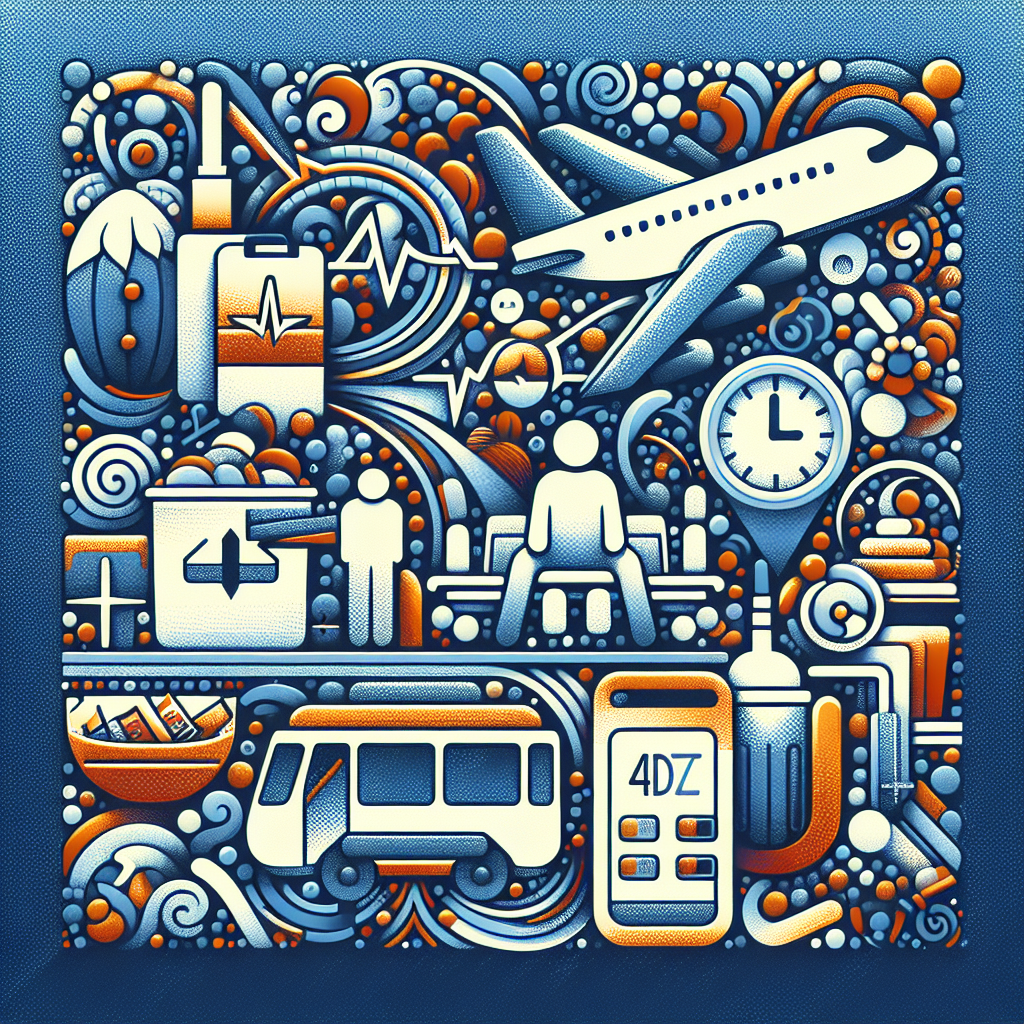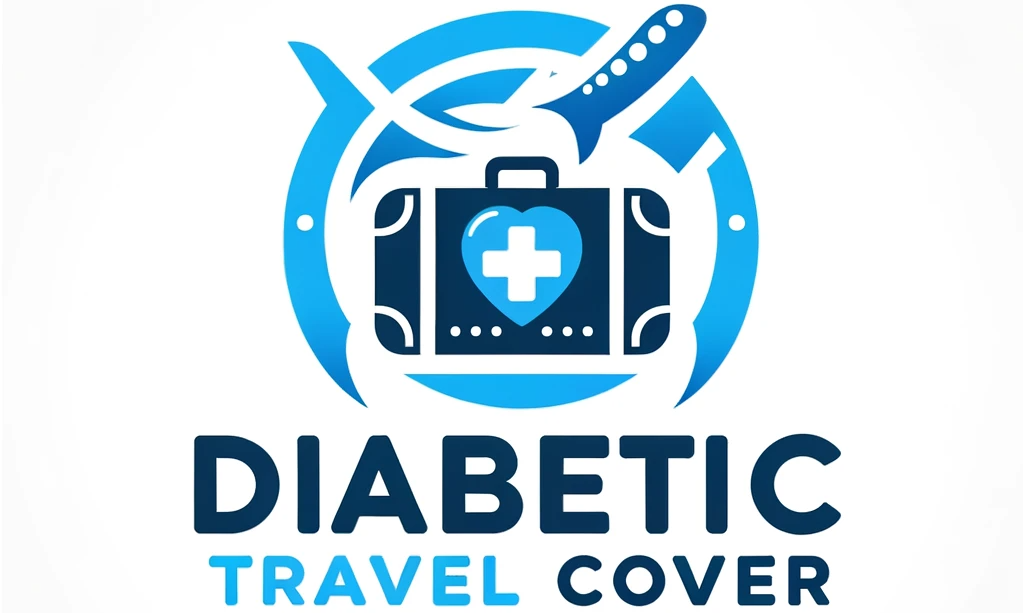Imagine this scenario: you’re at the airport, filled with excitement for your upcoming adventure. As you anxiously wait to board the plane, you overhear a fellow passenger mention something about “boarding line diabetes.” Curiosity piques your interest, and you cannot help but wonder what exactly this term means. Well, fear not! In this article, we will explain the ins and outs of boarding line diabetes, shedding light on this mysterious phrase and providing you with valuable information to enhance your knowledge about health and travel. So, fasten your seatbelt and get ready to explore the world of boarding line diabetes.
What Is Boarding Line Diabetes?

Definition of Boarding Line Diabetes
Boarding Line Diabetes, also known as Airport Diabetes or Security Line Diabetes, is a condition that refers to a temporary increase in blood sugar levels due to the stress and physical exertion experienced while waiting in security lines at airports. It is a form of situational or stress-induced hyperglycemia that affects individuals with and without pre-existing diabetes.
Causes of Boarding Line Diabetes
The primary cause of Boarding Line Diabetes is stress. The long waits, security procedures, and uncertainty of air travel can lead to elevated stress levels, triggering the release of stress hormones such as cortisol and glucagon. These hormones can cause a temporary increase in blood sugar levels, particularly in individuals who have a predisposition to diabetes or impaired glucose tolerance.
Additionally, the physical exertion involved in carrying luggage, standing for prolonged periods, and navigating through crowded security lines can also contribute to higher blood sugar levels. The combination of stress and physical activity can be a double whammy for individuals susceptible to Boarding Line Diabetes.
Symptoms of Boarding Line Diabetes
The symptoms of Boarding Line Diabetes are similar to those of other forms of temporary hyperglycemia. Common symptoms include increased thirst, frequent urination, fatigue, blurred vision, and unexplained weight loss. Some individuals may also experience irritability, dizziness, and difficulty concentrating. These symptoms typically resolve once the individual has passed through the security line and the stress levels have decreased.
Diagnosis of Boarding Line Diabetes
Diagnosing Boarding Line Diabetes can be challenging since it is a temporary condition that occurs in specific circumstances. However, individuals who consistently experience elevated blood sugar levels while going through airport security can consult their healthcare provider for further evaluation. Diagnostic tests, such as fasting blood sugar tests or oral glucose tolerance tests, may be conducted to assess the individual’s glucose levels and determine if they have underlying diabetes or impaired glucose tolerance.

Treatment Options for Boarding Line Diabetes
The treatment options for Boarding Line Diabetes primarily involve managing stress and mitigating the temporary increase in blood sugar levels. It is essential to find coping mechanisms to reduce stress levels while navigating through security lines at airports. Simple relaxation techniques, such as deep breathing exercises, listening to calming music, or engaging in light stretching, can help alleviate stress and minimize blood sugar fluctuations.
For individuals with pre-existing diabetes, it is crucial to monitor blood sugar levels regularly during airport travel. This can be accomplished using a portable glucose meter and the necessary testing supplies. If blood sugar levels rise excessively, it may be necessary to administer appropriate insulin or medication as prescribed by a healthcare professional.
Prevention of Boarding Line Diabetes
While it may not be possible to completely prevent Boarding Line Diabetes, there are steps you can take to minimize the risk. Planning your travel itinerary wisely and allowing ample time to go through security lines can help reduce stress levels. Additionally, practicing stress management techniques, such as mindfulness or meditation, can help keep blood sugar levels in check.
Maintaining a healthy lifestyle, including regular physical activity and a balanced diet, can also contribute to overall blood sugar control. This includes staying hydrated, consuming fiber-rich foods, and avoiding excessive sugar intake. By taking proactive measures to manage stress and maintain healthy habits, individuals can reduce the chances of experiencing elevated blood sugar levels in the airport security line.

Differences Between Boarding Line Diabetes and Type 1 Diabetes
Boarding Line Diabetes should not be confused with Type 1 diabetes. While Boarding Line Diabetes is a temporary condition triggered by stress and physical exertion, Type 1 diabetes is a chronic autoimmune disorder where the body’s immune system mistakenly destroys insulin-producing beta cells in the pancreas. Type 1 diabetes requires lifelong insulin therapy and careful management of blood sugar levels.
Differences Between Boarding Line Diabetes and Type 2 Diabetes
Similarly, Boarding Line Diabetes should not be confused with Type 2 diabetes. Type 2 diabetes is a chronic metabolic disorder characterized by insulin resistance or impaired insulin production. It is typically a progressive condition that requires lifestyle changes, medications, and sometimes insulin therapy. Boarding Line Diabetes, on the other hand, is a temporary increase in blood sugar levels triggered by stress and physical activity.

Complications of Boarding Line Diabetes
Boarding Line Diabetes is generally a temporary condition and does not typically lead to long-term complications. However, if left unmanaged or if an individual already has underlying diabetes, prolonged or repeated episodes of elevated blood sugar levels can have adverse effects on overall health. These effects may include increased risk of cardiovascular disease, kidney damage, nerve damage, and eye-related complications. Therefore, it is essential to manage stress levels and blood sugar fluctuations to minimize the potential for complications.
Living with Boarding Line Diabetes
Living with Boarding Line Diabetes primarily involves being mindful of the triggers and taking proactive steps to manage stress and blood sugar levels during airport travel. It is essential to plan ahead, allow ample time, and practice stress management techniques to keep blood sugar levels in check while waiting in security lines. Regular monitoring of blood sugar levels and carrying necessary supplies, such as glucose meters and medications, is also critical for individuals with pre-existing diabetes.
By being diligent and proactive, individuals can ensure a smooth travel experience and prevent any potential complications associated with elevated blood sugar levels. Remember, while Boarding Line Diabetes may pose a short-term challenge, it is manageable with the right knowledge and preparation. Stay informed, take care of yourself, and enjoy your travels!


